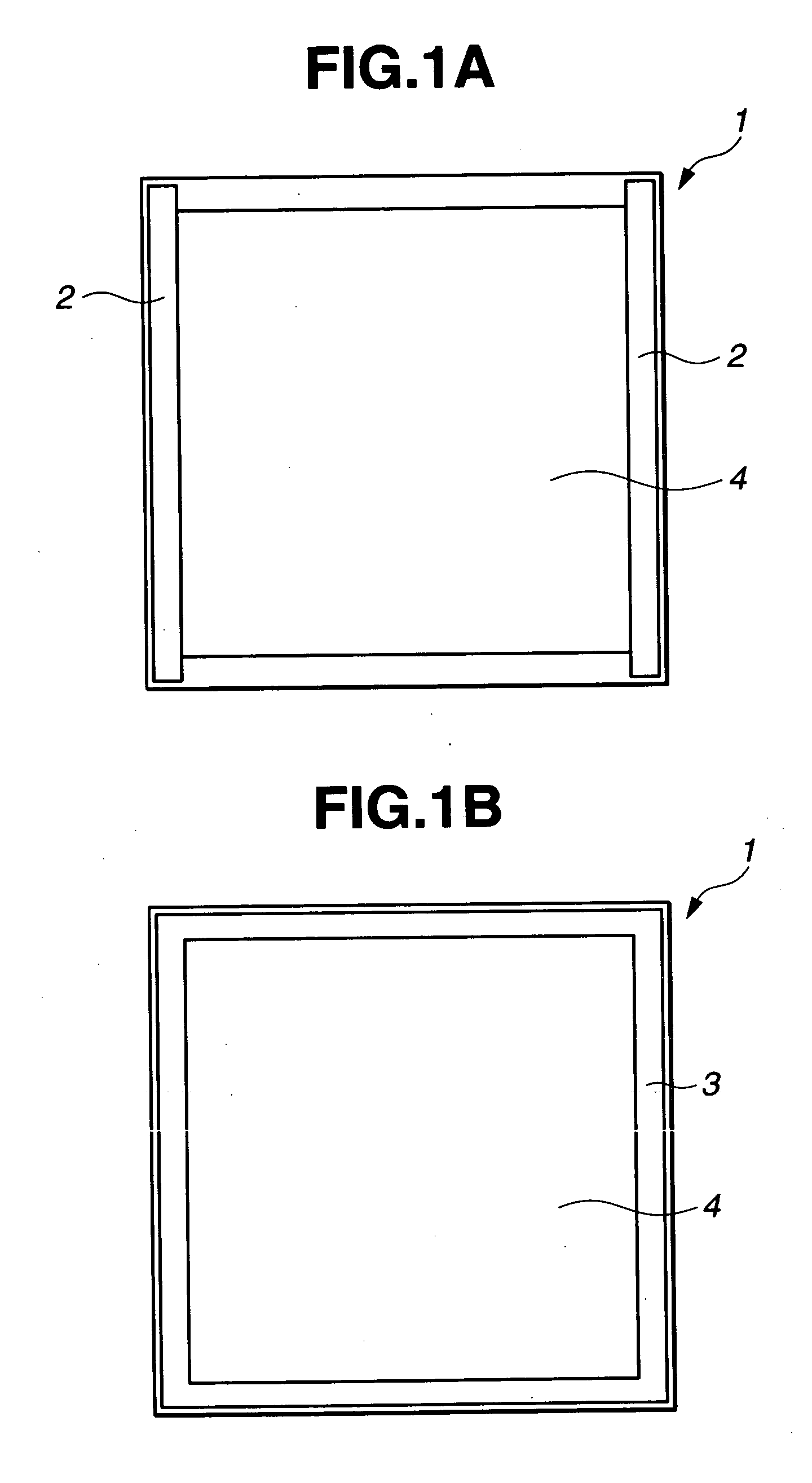Method of selecting photomask blank substrates
a technology of photomask and substrate, which is applied in the field of selecting substrates for photomask blanks, can solve the problems of reducing the accuracy of photolithographic processes employed in semiconductor manufacturing, the flatness of the photomask used in lithography, and the inability to ignore the flatness of the substrate as a cause of focal shift, so as to reduce the minimum feature size and high accuracy
- Summary
- Abstract
- Description
- Claims
- Application Information
AI Technical Summary
Benefits of technology
Problems solved by technology
Method used
Image
Examples
example 1
[0078] Using a flatness tester, the height of a principal surface region on 152 mm (6 inch) square photomask blank substrates was measured at intervals of 0.3 mm in horizontal and vertical directions and at an accuracy of 0.1 μm or less. Fifty (50) substrates were selected in which the difference between the maximum and minimum values for height from a least squares plane for the principal surface region to the principal surface region was equal to or less than 0.5 μm and the quadrangular ring-shaped region was inclined downward toward the outer periphery of the substrate.
[0079] By sputtering, a chromium film of 100 nm thick was deposited onto each selected substrate to form a photomask blank. A resist film was deposited onto the blank. The resist film was lithographically processed, and the processed resist film was used as an etching mask to form a mask pattern. The resist film was then stripped off, giving in each case a photomask with a line-and-space pattern that provides a 0....
PUM
| Property | Measurement | Unit |
|---|---|---|
| length | aaaaa | aaaaa |
| length | aaaaa | aaaaa |
| height | aaaaa | aaaaa |
Abstract
Description
Claims
Application Information
 Login to View More
Login to View More - R&D
- Intellectual Property
- Life Sciences
- Materials
- Tech Scout
- Unparalleled Data Quality
- Higher Quality Content
- 60% Fewer Hallucinations
Browse by: Latest US Patents, China's latest patents, Technical Efficacy Thesaurus, Application Domain, Technology Topic, Popular Technical Reports.
© 2025 PatSnap. All rights reserved.Legal|Privacy policy|Modern Slavery Act Transparency Statement|Sitemap|About US| Contact US: help@patsnap.com



